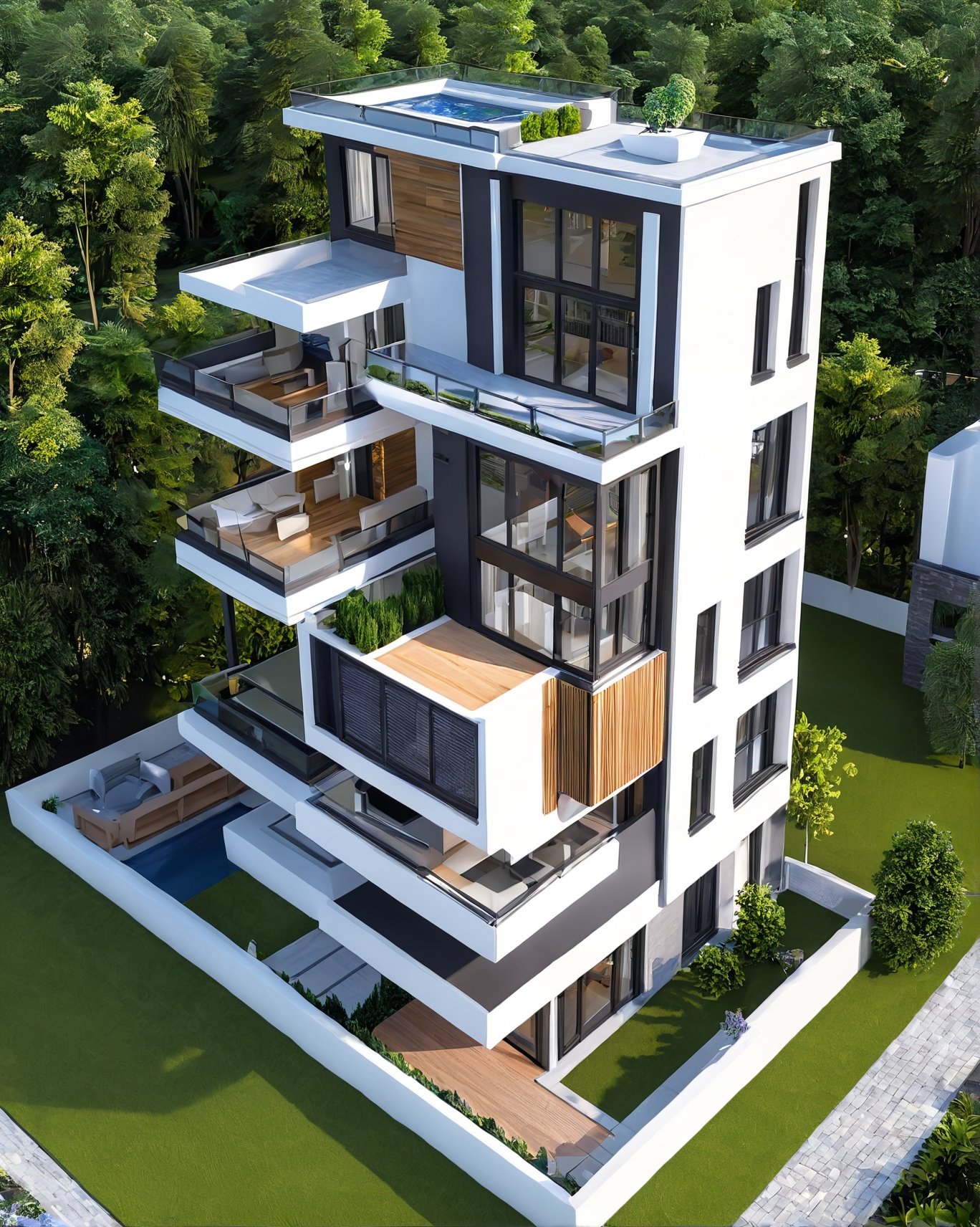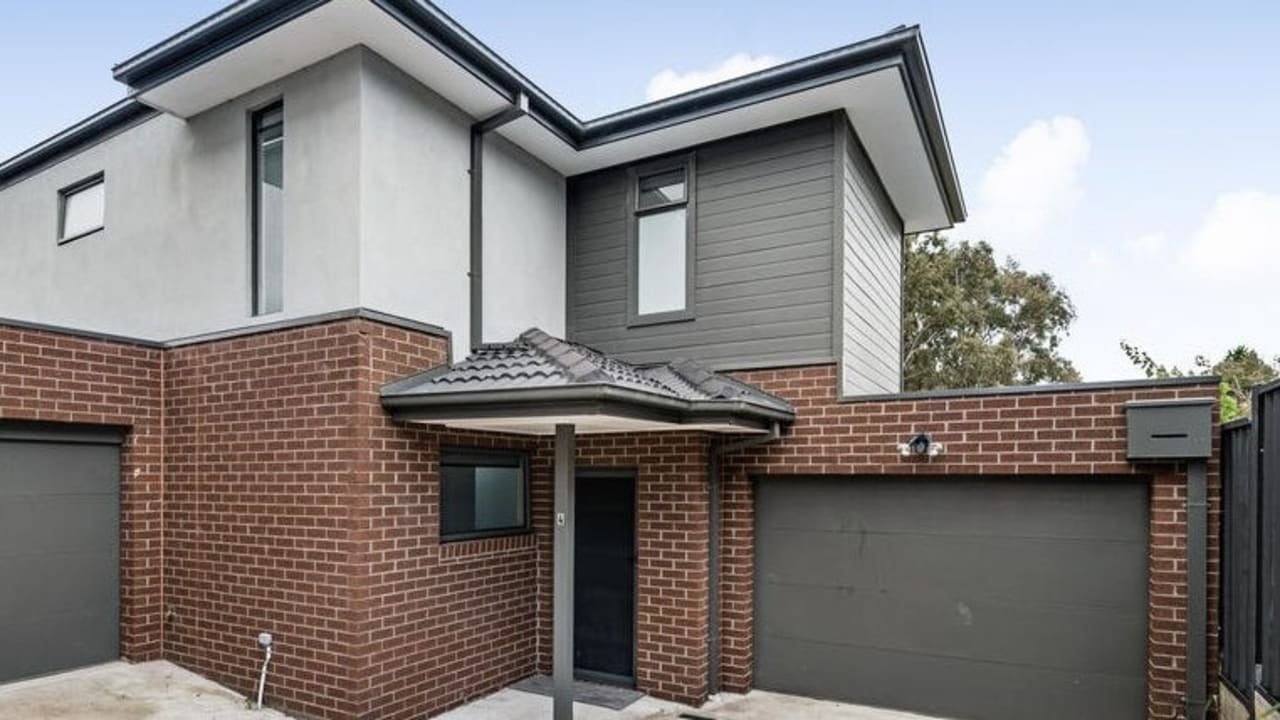
Everyone dreams of having a home that perfectly reflects their personality, lifestyle, and aspirations. Whether you envision a cozy cottage, a modern minimalist masterpiece, or a luxurious retreat, bringing that dream to life can be thrilling and overwhelming. The journey begins with one crucial step—residential building design. This process is more than just drafting blueprints; it’s about creating spaces that feel like home, balancing aesthetics, function, and comfort.
The Art of Designing Your Dream Home
The design of a home is deeply personal. It’s not just about square footage or the number of rooms; it’s about how those spaces will be used, how they flow, and how they make you feel when you step inside. Residential building design merges architectural principles with the unique needs and desires of the homeowner, resulting in a tailored and intentional structure.
To create a proper home, you must reflect on what matters most. Think about your daily routine. Do you need an open kitchen for family gatherings? A home office that inspires productivity? Or a cozy reading nook tucked away from the world? Understanding how you’ll live in the space will guide the design process and ensure your home works for you.
Setting the Foundation: Planning and Preparation
Once you’ve clearly defined your vision, the next step is planning. Residential building design requires careful consideration of your lot’s layout, local building codes, and the functionality of each space. You’ll work with a designer or architect to develop a design plan that captures your vision while ensuring structural integrity and compliance with regulations.
This planning phase includes selecting materials, choosing the proper layout, and considering environmental factors. Incorporating energy-efficient designs and eco-friendly materials can be a significant step if sustainability is a priority. Moreover, planning for flexibility in your home’s design is essential if you foresee changes in your life, like a growing family or new hobbies.
Finding Inspiration in Residential Building Design
The world of home design is filled with endless inspiration. From traditional designs that emphasise warmth and character to contemporary designs that focus on clean lines and simplicity, there are countless styles to draw from. While exploring different designs is helpful, it’s important to remember that residential building design is not about replicating a magazine-perfect home. Instead, it’s about customising elements that resonate with your taste.
Incorporate colours, textures, and materials that evoke the feeling you want your home to embody. For instance, natural wood tones and large windows may bring the outdoors in, creating a sense of tranquillity. Alternatively, sleek surfaces, modern fixtures, and open spaces may reflect a more futuristic, urban feel.
Functionality Meets Aesthetic
A beautifully designed home needs to function just as well as it looks. As you delve deeper into residential building design, consider how each room serves a purpose. The kitchen might be the heart of your home, where you cook, entertain, and spend time with loved ones, while a bedroom should be a sanctuary for rest.
Storage solutions, lighting, and the overall flow of your home are crucial aspects of functionality. An open floor plan can make a smaller home feel more expansive, while dedicated spaces for specific activities, such as a home gym or a craft room, can help you maintain balance in your day-to-day life.
Balancing Budget with Vision
One of the most significant challenges in residential building design is staying within budget while achieving your dream home. Getting caught up in the excitement of high-end finishes, unique architectural features, or luxury amenities is easy, but balancing your desires with practical financial planning is essential.
A thoughtful approach to budgeting can help you prioritise where to allocate resources. For example, you may invest in durable, high-quality materials for areas like the kitchen and bathrooms, where wear and tear is expected. In contrast, less critical areas of the home allow for more budget-friendly options. The key is to remain flexible and open to adjustments, knowing that good design can be achieved at many price points.
The Importance of Collaboration
Creating your dream home is rarely a solo endeavour. Working closely with professionals like architects, designers, and contractors ensures your vision comes to life without unnecessary complications. These experts understand the intricacies of residential building design and can provide valuable insights and solutions you may not have considered.
Regular communication throughout the design and building process is vital. Make sure your team understands your priorities and that you’re open to their suggestions. A successful collaboration can turn potential challenges into creative opportunities, ensuring every detail is executed flawlessly.
Bringing the Vision to Life
Once the design is finalised, the exciting part begins—building your home. Watching the walls go up and the details take shape is incredibly rewarding. As the project progresses, you’ll see your dream come to life. Every decision you make, from the layout to the materials, will culminate in a uniquely yours space.
It’s important to remember that residential building design is a process, one that requires patience and flexibility. There may be unexpected delays or adjustments, but staying focused on the result will help you enjoy the journey.
The Final Touches
As construction nears completion, the final touches will bring your home together. Interior design is vital in complementing the architectural structure. Thoughtfully selected furniture, art, and decor will enhance the functionality and aesthetics of each room, making your house feel like a home.
Your dream home is more than just a structure; it expresses your individuality. Through residential building design, you can create a space that reflects your lifestyle, nurtures your well-being, and grows with you through the years.
Conclusion
Residential building design is a remarkable journey that transforms abstract ideas into tangible reality. By planning carefully, collaborating with experts, and staying true to your vision, you’ll be able to create a home that not only meets your needs but exceeds your expectations. Your dream home is within reach—now is the time to turn that dream into reality.

